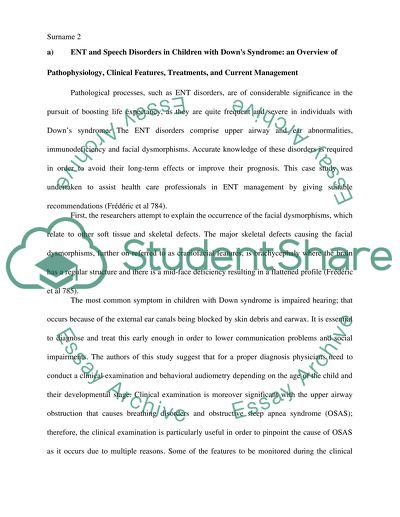Cite this document
(“Case Studies in Down syndrome children Research Paper”, n.d.)
Case Studies in Down syndrome children Research Paper. Retrieved from https://studentshare.org/psychology/1463236-case-studies-in-down-syndrome-children
Case Studies in Down syndrome children Research Paper. Retrieved from https://studentshare.org/psychology/1463236-case-studies-in-down-syndrome-children
(Case Studies in Down Syndrome Children Research Paper)
Case Studies in Down Syndrome Children Research Paper. https://studentshare.org/psychology/1463236-case-studies-in-down-syndrome-children.
Case Studies in Down Syndrome Children Research Paper. https://studentshare.org/psychology/1463236-case-studies-in-down-syndrome-children.
“Case Studies in Down Syndrome Children Research Paper”, n.d. https://studentshare.org/psychology/1463236-case-studies-in-down-syndrome-children.


